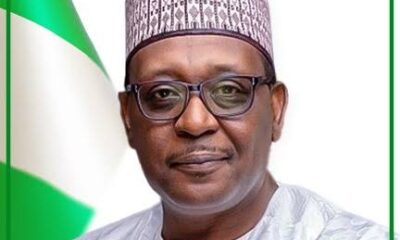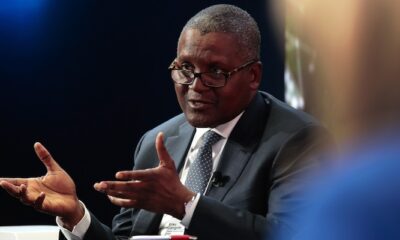Health
Pope Francis health update: Questions raised over future of his papacy
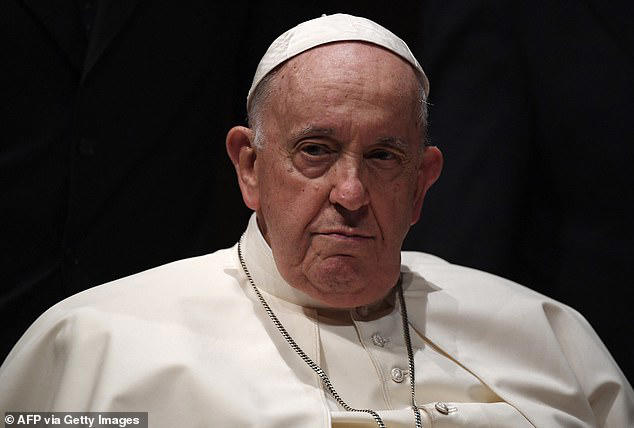
Pope Francis‘s recovery from double pneumonia in hospital is entering its fourth week, with questions being raised about what the future of his papacy might look like.
The pontiff followed the opening of a spiritual retreat by videoconference yesterday, but could not be seen or heard by priests, bishops and cardinals in the Vatican auditorium.
The Pope remains in Rome’s Gemelli hospital, where he was admitted on February 14, ahead of the 12th anniversary of his election on Thursday.
In its early update Monday, the Vatican said Francis was resting after a quiet night.
At the time of his hospitalization last month, the 88-year-old pope, who has chronic lung disease and had part of one lung removed as a young man, had what was then just a bad case of bronchitis.
The infection progressed into a complex respiratory tract infection and double pneumonia that has sidelined Francis for the longest period of his papacy and prompted questions about the future.
He has remained in stable condition for over a week, with no fever, respiratory crises and good oxygen levels in his blood for several days, doctors reported.
The doctors said that such stability was in itself a positive thing and showed he was responding well to therapy.
But they kept his prognosis as ‘guarded,’ meaning that he’s not out of danger. Doctors were expected to provide a medical update later Monday.
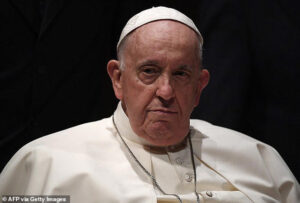
The pontiff followed the opening of a spiritual retreat by videoconference yesterday, but could not be seen or heard (file image)

Faithful attend a Rosary prayer for the health of Pope Francis who is hospitalized with pneumonia, in St. Peter’s Square, Vatican City, March 9
A statement on the Pope’s X account yesterday read: ‘I think of the many people who find various ways to be close to the sick, becoming a sign of the Lord’s presence for them.
‘We need this ‘miracle of tenderness’ to accompany those who face adversity, in order to bring a little light into the night of pain.’
The Vatican will mark the pontiff’s election anniversary in his absence, making it the first anniversary celebration with him out of sight.
Francis was elected the 266th pope, the first Jesuit pope and first from Latin America, on March 13, 2013 following the resignation of Pope Benedict XVI.
On Sunday, Francis met with Cardinal Pietro Parolin and the chief of staff, Archbishop Edgar Pena Parra, for the third time at the hospital.
Such meetings are the routine way the pope governs, and shows Francis is still keeping up with essential business.
While Francis has previously praised Benedict for his courage and humility in resigning, he has indicated more recently that he believes the job of pope is for life and said as recently as last year that he had no plans of stepping down.
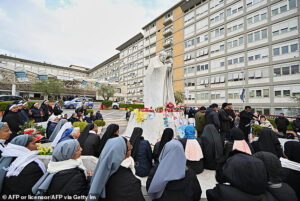
The Pope remains in Rome’s Gemelli hospital, where he was admitted on February 14. Pictured: Faithful, priests and nuns pray outside yesterday
Francis has been using high flows of supplemental oxygen to help him breathe during the day and a noninvasive mechanical ventilation mask at night.
The Vatican is currently observing a weeklong spiritual retreat, with the Pope listening to the opening by the Rev. Roberto Pasolini from his hospital room yesterday.
Pasolini delivered a meditation on ‘The hope of eternal life,’ a theme that was chosen well before Francis was admitted.
The retreat, which is an annual gathering that kicks off the Catholic Church’s solemn Lenten season leading to Easter, continues through the week.
The Vatican has said Francis would participate ‘in spiritual communion’ with the rest of the hierarchy, from afar.
Health
Robotic surgeries now happening in many private hospitals in Nigeria- Muhammad Ali Pate, Minister Of Health & Social Welfare
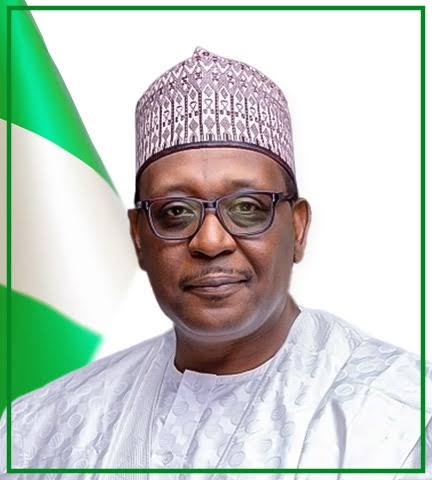
Nigeria’s healthcare sector just got a major boost! Minister of Health and Social Welfare, Muhammad Ali Pate, has announced that robotic surgeries are now being performed in several private hospitals across the country.
This marks a significant milestone in Nigeria’s medical landscape, positioning the country as a hub for advanced surgical care in West Africa.
The Toumai Pro Robotic Surgery Platform, recently launched at Nisa Premier Hospital in Abuja, is a game-changer. This state-of-the-art technology enables surgeons to perform complex procedures with enhanced precision, reducing recovery time and complications.
Some benefits of robotic surgery include:
Minimally invasive: Smaller incisions, less pain, and faster recovery
Increased precision: Enhanced dexterity and accuracy
Reduced complications: Lower risk of infection and bleeding
Hospitals like Nisa Premier Hospital, Kelina Hospital, and Lagoon Hospital are already offering robotic surgery services. This development is expected to attract medical tourism, boost Nigeria’s healthcare sector, and improve patient outcomes.
As Minister Pate puts it, “This is not just a milestone for Nigeria, but for the entire African continent”.
https://www.instagram.com/reel/DSRb0Q3DH71/?igsh=MXBscG4yY2dhOXBqZA==
Health
Osun Hospital Allegedly Detains Newborn Over Mother’s N700,000 Medical Debt
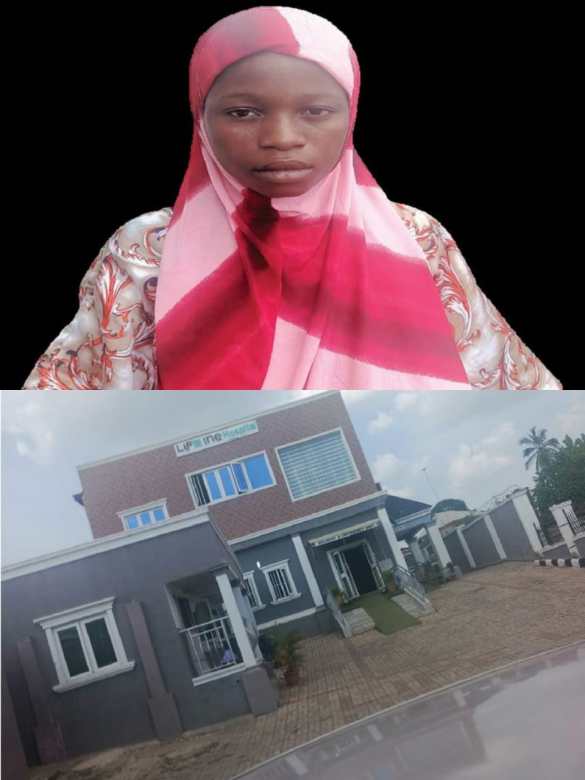
A private hospital in Osun State has come under public attention following reports that it is detaining a newborn baby over an unpaid medical bill estimated at N700,000. The incident has generated public concern and renewed discussions about patients’ rights and medical ethics in Nigeria.
The case involves a young mother who reportedly experienced serious medical complications during childbirth, leading to extended hospital care for both her and the baby. After treatment was completed and the newborn was declared medically stable, the hospital allegedly refused to discharge the child, insisting that the outstanding bill must be settled first.
Sources say the family has already paid a significant amount for medical services but has been unable to raise the remaining balance due to financial hardship.
Relatives of the mother have appealed for understanding, stating that the continued stay of the newborn in the hospital has placed emotional and psychological strain on the family.
The hospital management is reported to have justified its position by pointing to past experiences where patients left without paying their medical bills. According to the management, unpaid debts affect the hospital’s ability to operate and provide services to other patients.
The situation has attracted criticism from members of the public and human rights advocates, who argue that holding patients, particularly newborns, over unpaid bills is unethical and contrary to basic human rights principles. Some legal observers have also suggested that such actions may conflict with existing laws and professional medical standards.
As public reaction continues to grow, there have been calls for the Osun State Government and relevant health authorities to step in, facilitate the release of the newborn, and address systemic issues that allow such incidents to occur.
The case has once again drawn attention to the broader challenges facing Nigeria’s healthcare system, especially the financial burden on families and limited access to affordable healthcare.
Health
FG Temporarily Opens 47KM Stretch Of Lagos–calabar Coastal Highyway
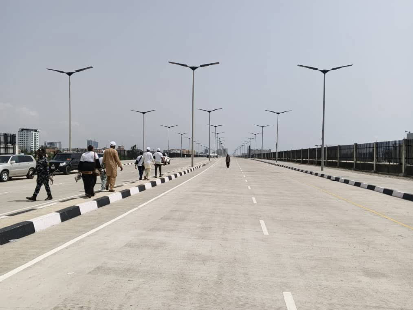
The federal government has temporarily opened a section of the Lagos-Calabar coastal highway for vehicular movement.
The 47-kilometre stretch runs from the Ahmadu Bello Way junction in Victoria Island to the Eleko junction.
The road was temporarily opened on Friday after a ceremony attended by David Umahi, minister of works; Gbolahan Lawal, Oniru of Iruland; Barinada Mpigi, the chairman of senate committee on works; Dany Abboud, managing director of Hitech construction company; Oluwaseun Osiyemi, Lagos commissioner for transportation; and officials of the ministry of works.
Olufemi Dare, federal controller of works in Lagos, said the government decided to temporarily open the section to ease traffic congestion during the Yuletide season.
Dare said the 47km section of the Lagos-Calabar coastal road was awarded to Hitech construction company for N1,067,887,381,148.61.
He said the contract sum covered the “construction of rigid pavement dual-carriage highway with accompanying drainages and culverts, median barriers, street lightings, and the relocation of public utilities like electric cables, poles, cable ducts, gas and water pipelines as required”.
“The stretch of the Lagos-Calabar Coastal Highway that falls entirely within the Lagos State border is 103km in length,” he said.
“Up till date, a total of 30km of continuously reinforced concrete pavement (CRCP) has been completed, while sand filling has been completed on the remaining 17.474km, and the whole stretch of 47.474km is thus motorable.
“The total stretch in section 1 is projected to be completed before the end of the second quarter of 2026.”
Speaking during the ceremony, the works minister said it is untrue that the federal government is only concentrating on the Lagos-Calabar coastal road, adding that other projects are currently being executed.
He added that the federal government is ready to accept constructive criticism about the project.
-
Business1 year ago
US court acquits Air Peace boss, slams Mayfield $4000 fine
-
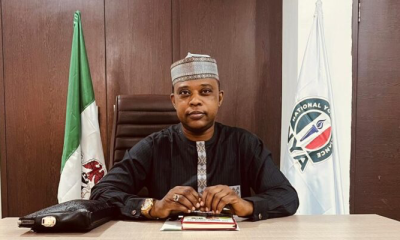
 Trending1 year ago
Trending1 year agoNYA demands release of ‘abducted’ Imo chairman, preaches good governance
-

 Politics1 year ago
Politics1 year agoMexico’s new president causes concern just weeks before the US elections
-
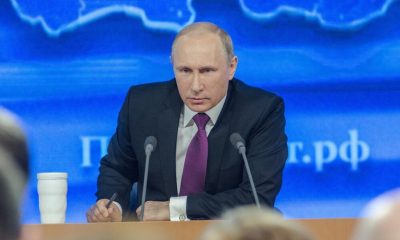
 Politics1 year ago
Politics1 year agoPutin invites 20 world leaders
-
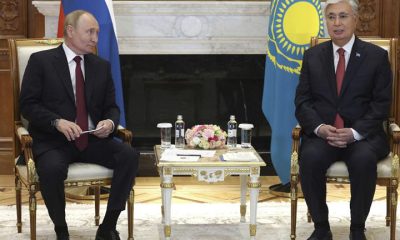
 Politics1 year ago
Politics1 year agoRussia bans imports of agro-products from Kazakhstan after refusal to join BRICS
-
Entertainment1 year ago
Bobrisky falls ill in police custody, rushed to hospital
-
Entertainment1 year ago
Bobrisky transferred from Immigration to FCID, spends night behind bars
-
Education1 year ago
GOVERNOR FUBARA APPOINTS COUNCIL MEMBERS FOR KEN SARO-WIWA POLYTECHNIC BORI





